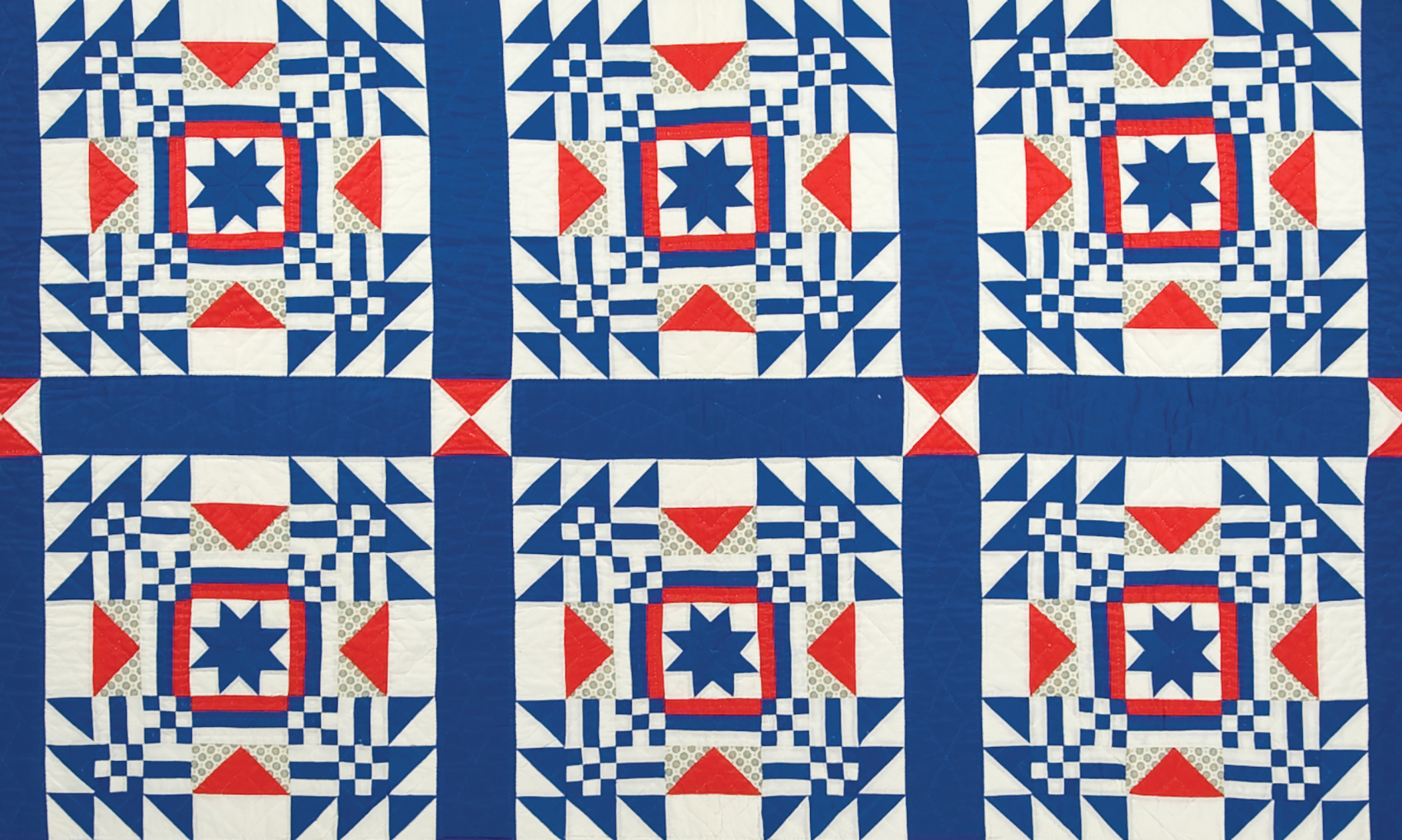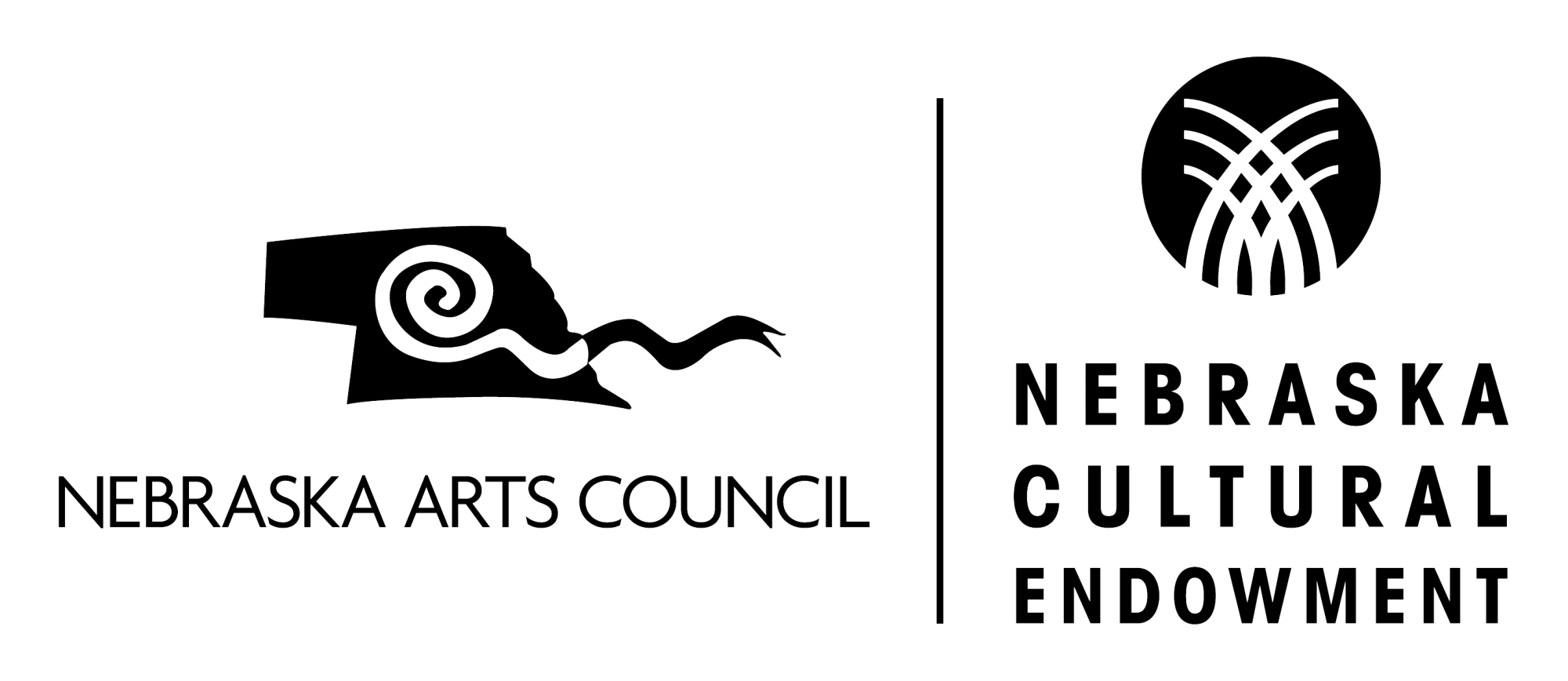
Nebraska Quilts and Quiltmakers
April 8-Oct 2, 2011

This exhibition of fifteen quilts celebrates the work of the Nebraska Quilt Project team - pioneering individuals who preserved an invaluable record of life in our state, told through the history of cherished quilts.
Twenty-five years ago a dedicated group of 21 volunteers set out to document Nebraska quilts that remained in private hands, fearful that the rich heritage inherent in the family quilts would be lost forever if not documented. The Nebraska quilt project team, in numerous day-long events, collected information on 1,557 quiltmakers who made 3216 quilts between 1870 and 1989. Led by director Frankie Best, the group recorded family stories, photographed each quilt, and gathered background on the quiltmakers, including gender, occupation, ethnicity, religious background, education, and the occasion that prompted a quilt’s creation.
Shortly after the results of the state survey were published in “Nebraska Quilts and Quiltmakers,” an award-winning volume, Ardis and Robert James began looking for a home for their outstanding collection of nearly 1000 quilts. The James looked to their home state of Nebraska, recognized as a leader in the movement to document quilt history. Impressed by the quality of the research featured in “Nebraska Quilts and Quiltmakers” and the level of grass-roots support found among Nebraskans, they proposed that the University of Nebraska-Lincoln was an ideal home for their quilts. The Jameses approached Dr. Patricia Crews, professor in the The Department of Textiles, Merchandising and Fashion Design at the University, who was the academic advisor to the project team and co-editor the Nebraska book and asked if the University would be interested in accepting a donation of their collection. In 1997, the Center was formed, as the first academic center devoted to the study of quilts across time and space.
The documentation and research begun by the Nebraska Quilt Project team paved the way for the formation of the International Quilt Museum. The museum today is home to a number of the quilts that were featured in the book “Nebraska Quilts and Quiltmakers.” The quilts were donated by individuals who were inspired by the survey project volunteers to recognize the importance of preserving their family quilt and its provenance
